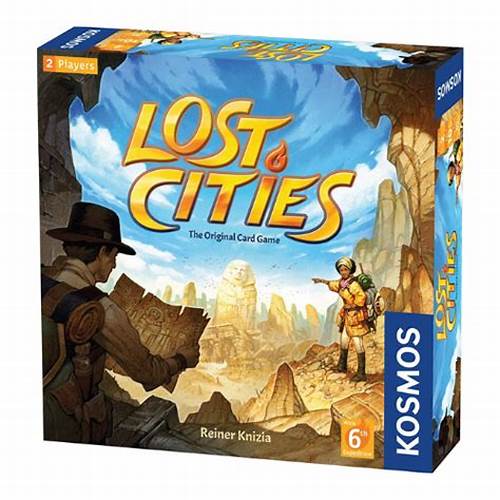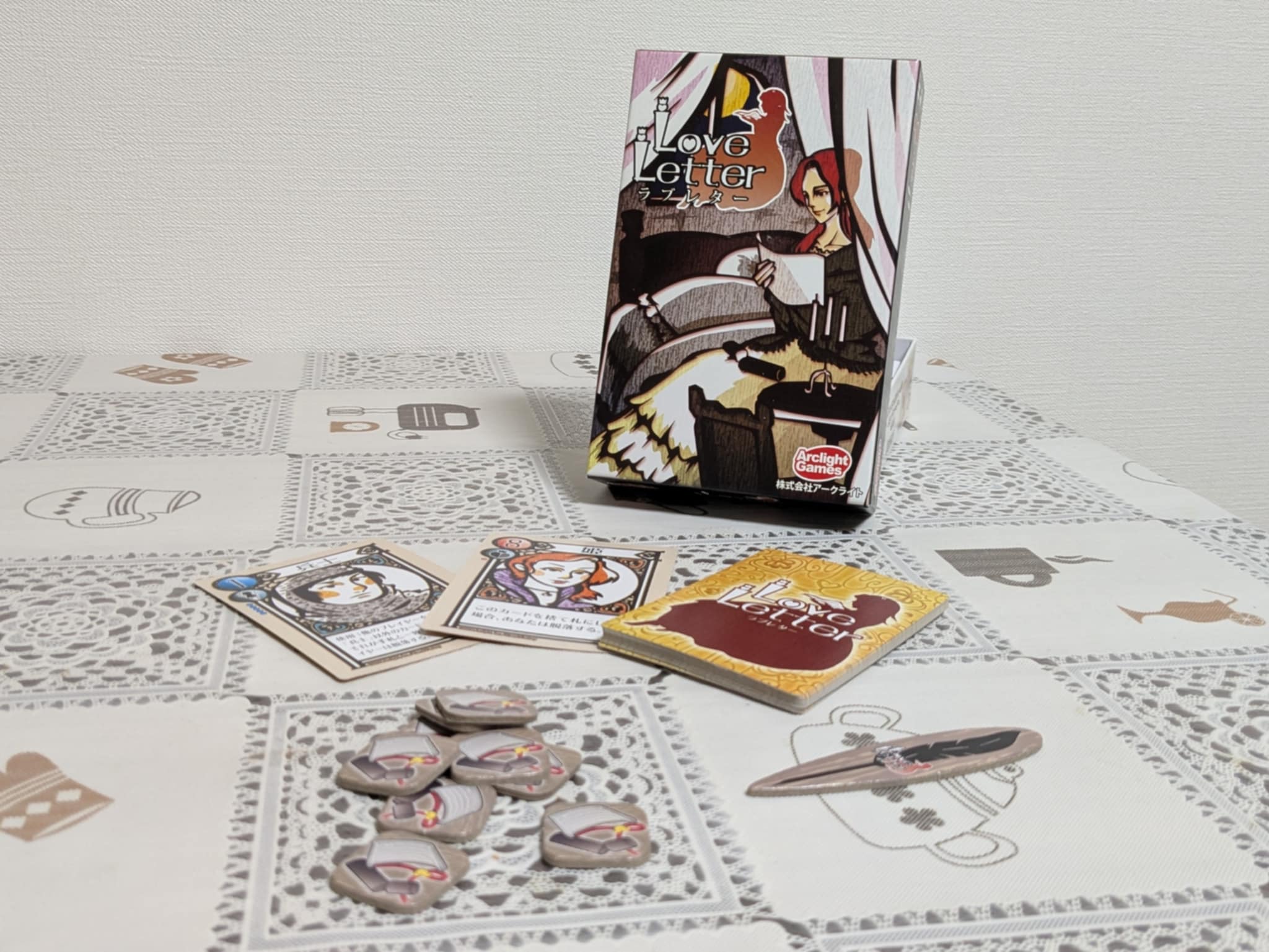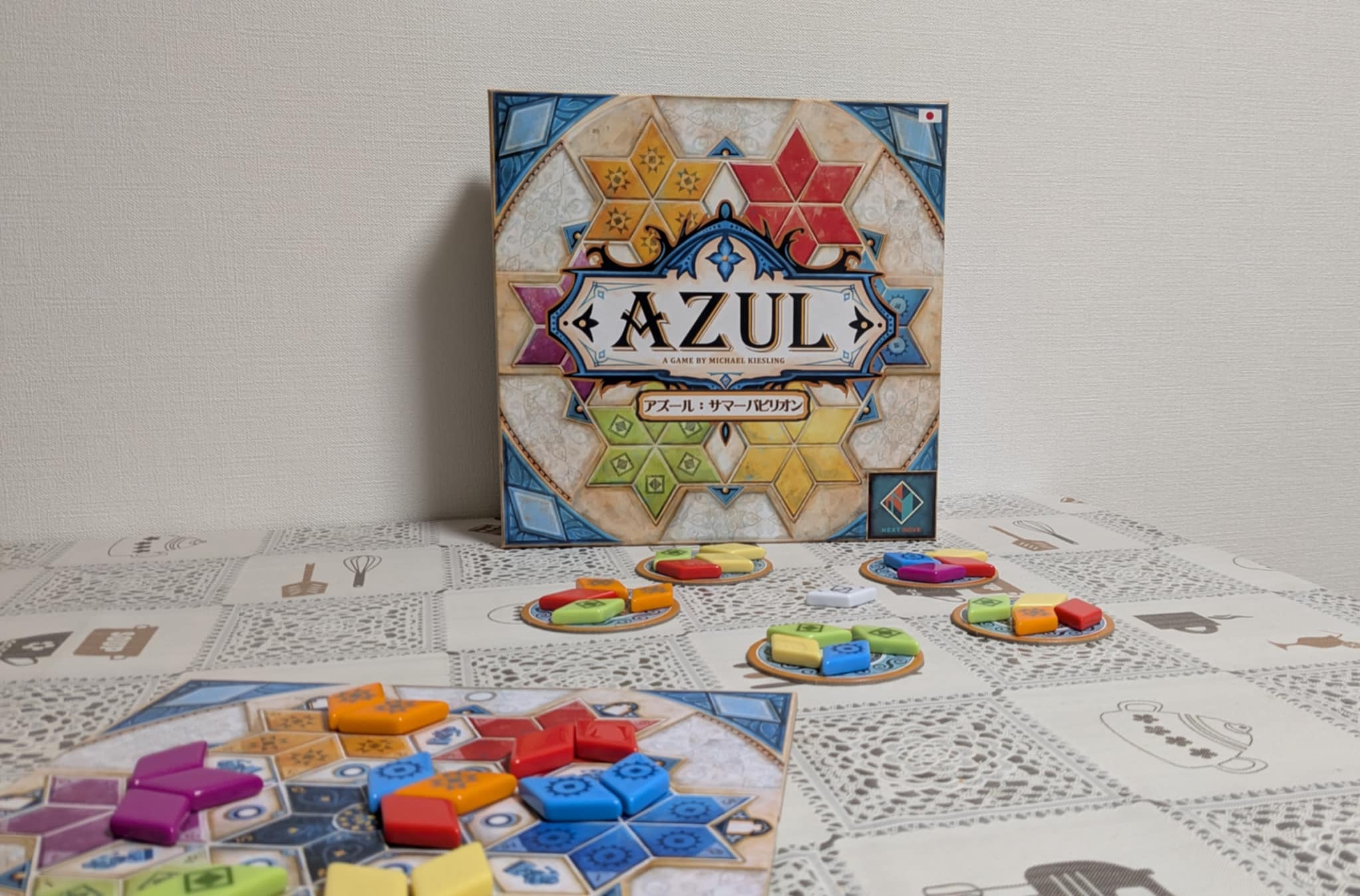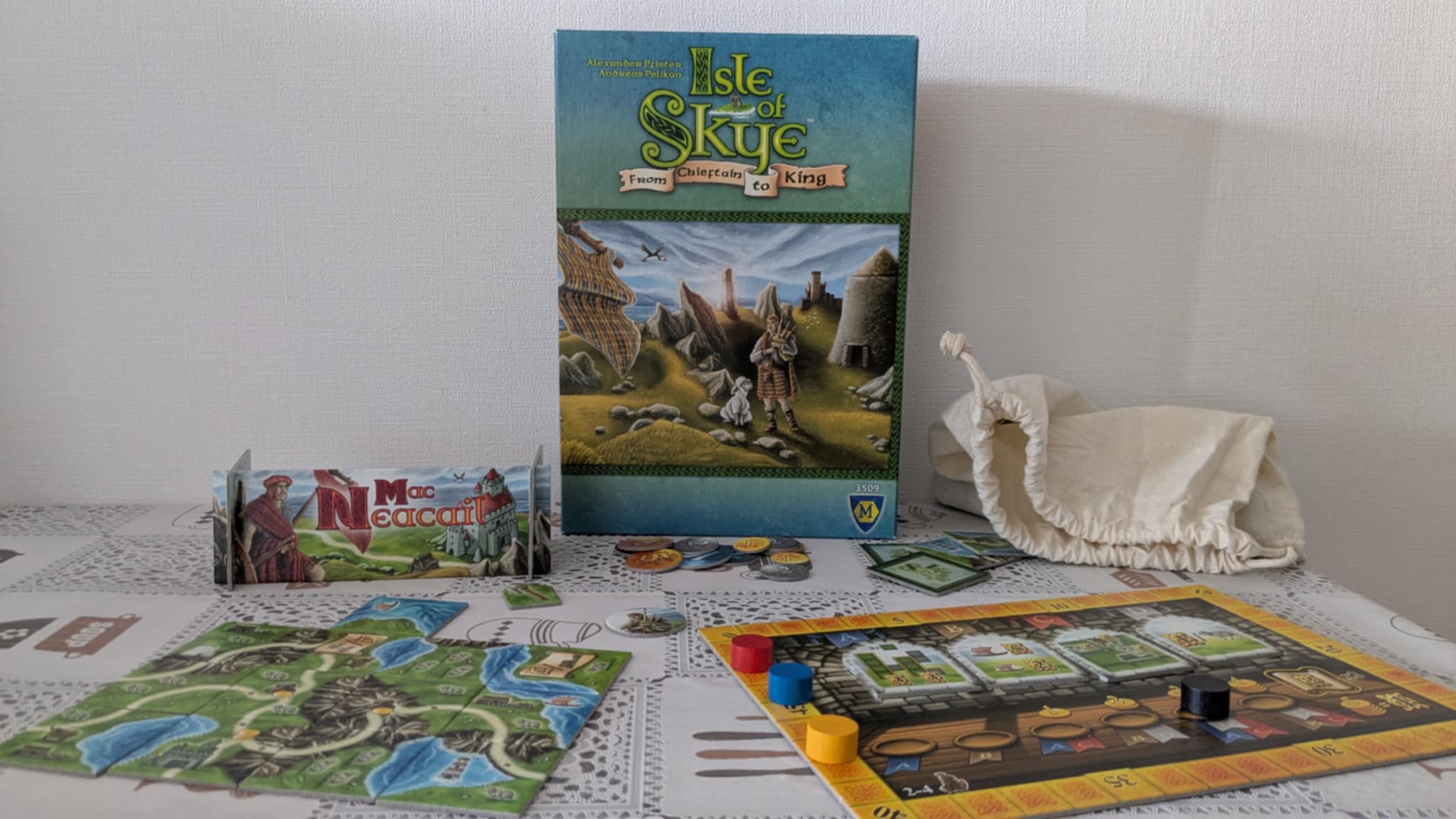Lost Cities Board Game Review:
Adventure lovers, card game fans, and seekers of ancient mysteries—dust off your compass and prep your journal. Today, we’re sitting down with none other than Lost Cities, the classic two-player card game that’s been sending players on high-risk expeditions for over two decades. Designed by the legendary Reiner Knizia, Lost Cities is simple to learn, quick to play, and layered with tension from the very first card.
What is Lost Cities?
Lost Cities is a head-to-head strategic card game where players take on the role of rival explorers embarking on expeditions through ancient cities and mysterious terrains. Each expedition is represented by a different color, and players must build their card sequences in ascending order to score points. The twist? Every expedition starts with a cost. If you don’t push far enough, your bold adventure might backfire.
The core gameplay revolves around hand management and risk assessment. You’ll have to choose between playing a card to an expedition or discarding it to the central board, possibly setting up your opponent for success. And if you’re feeling daring, you can play wager cards to multiply your score—or your losses.
Game Details:
- Player Count: 2
- Playtime: 30 minutes
- Complexity: Light
- Mechanics: Hand Management, Push Your Luck
- Theme: Archaeological Expeditions & Ancient Discoveries
Elegant, fast, and full of subtle strategy, Lost Cities has earned its spot as one of the greatest two-player games of all time. Now, let’s bring it out of the vault and ask it a few questions about how it keeps players hooked after all these years.
How to Play Lost Cities, Straight from the Source
Me: Welcome to the interview, Lost Cities! You’ve been a staple of two-player gaming tables for years. For those just discovering you, could you walk us through the rules of Lost Cities and how players begin their expeditions?
Lost Cities: With pleasure! I’m all about adventure and calculated risk. Here’s how I work:
Each player takes on the role of a bold explorer, venturing into five different ancient expeditions—each represented by a color. On your turn, you’ll do just two things: play a card and draw a card. But every choice counts.
When playing a card, you have two options:
- Play it in front of you, adding it to one of your expedition columns (which starts your journey).
- Discard it into the shared market row, where your opponent might pick it up later.
But beware—starting an expedition is a commitment. Every journey begins at –20 points, so you’ll need to play cards of the same color in ascending order to recover that cost and eventually profit.
Want to raise the stakes? You can play wager cards—but only before placing any numbered cards on that expedition. They multiply your score… or your losses.
After playing, you draw a card either from the deck or the market row, and then it’s your opponent’s turn. The round ends when the deck runs out, and then you’ll score each expedition you dared to take on.
Simple? Yes. But like the best expeditions, I’m full of tough decisions.
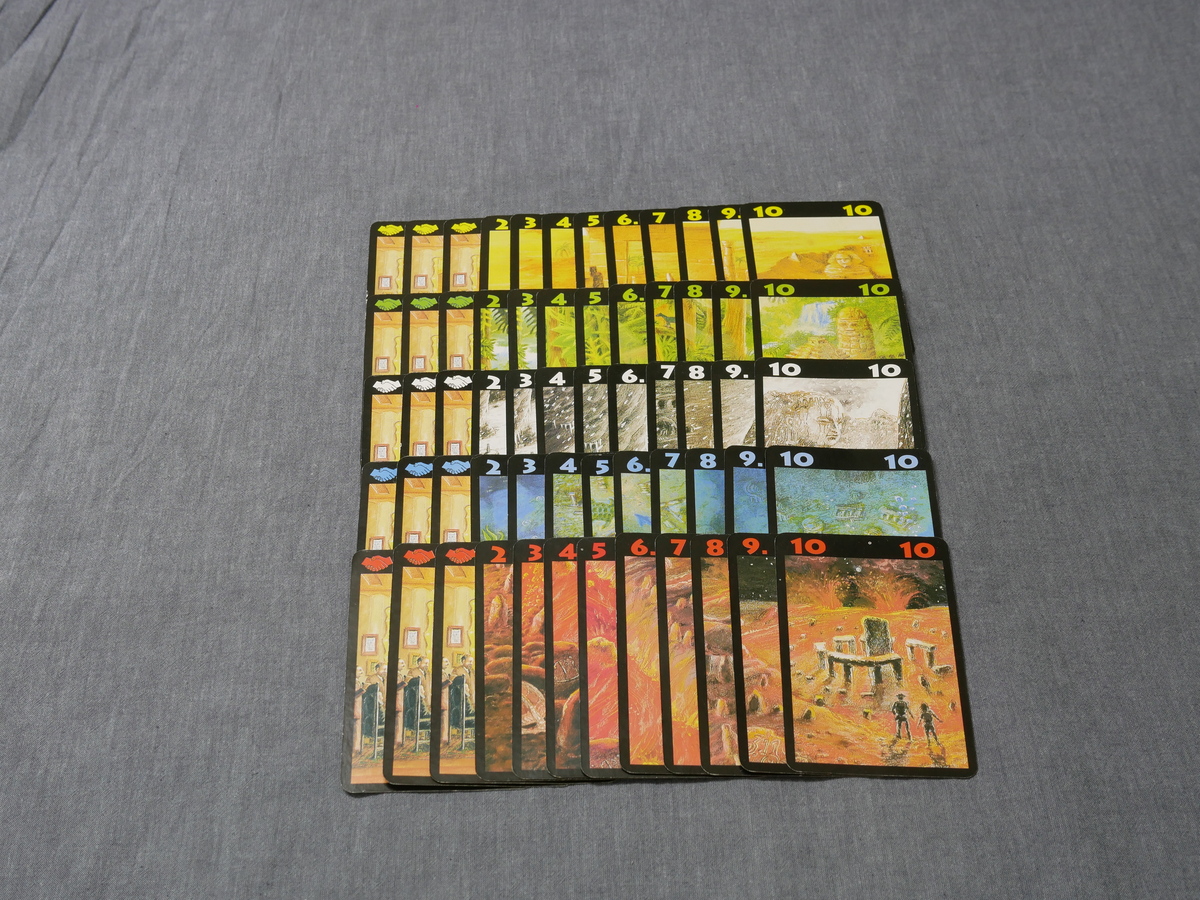
Lost Cities and the Genius of Tension: Set Collection vs. Hand Limit
Me: You mentioned that your rules are simple—but playing you well feels anything but easy. Every turn feels like a mini crisis. Why is that?
Lost Cities: Ah, now we’re getting into the heart of my design. The best games create tension by pulling players in opposite directions—and I was built to do exactly that.
Me: A Reiner Knizia signature, right?
Lost Cities: Absolutely. He’s a master of distilling core contradictions into elegant forms. And in my case, it’s all about two opposing forces: the desire to collect lots of matching cards for big points, and the tight 7-card hand limit that makes that nearly impossible.
Think about it. There are 13 cards per color—numbered 2 through 10, plus three wager cards that multiply your score. With five expedition colors in play, you’re managing a total pool of 65 cards… while holding only 7.
Me: So if you want to make a big expedition push, you’re forced to sit on matching cards. But that means discarding or playing something you’d rather hold.
Lost Cities: Exactly. And don’t forget, sometimes you’ll cling to a card not because you want it—but because you know your opponent does. That 10 you’re holding? It’s not helping you now, but if you toss it, it might be just what they needed to turn a failing expedition into a huge win.
Me: So every turn, you’re balancing your own risk, your opponent’s gain, and the limits of your hand.
Lost Cities: That’s where my drama lies. Quiet, personal, strategic—and full of agonizing choices.

Calculated Risks: How Lost Cities Turns Strategy into Push-Your-Luck Tension
Me: So with this constant tug-of-war between what you want to play and what you can hold, it’s only natural that your gameplay ends up feeling like a tightrope walk. Would you say you’re a push-your-luck game in disguise?
Lost Cities: Without question. In fact, my push-your-luck tension is born directly from those opposing mechanisms we just discussed—tight hand limits and the need to collect runs of matching cards. They don’t just create tension; they force players to commit.
Me: Can you give an example of how that plays out?
Lost Cities: Let’s say you’re holding a few cards in red. Maybe a 5, 7, and 9. Do you start that red expedition now, committing to climb out of the –20 point hole, hoping to draw more red cards later? Or do you wait, risking never getting the lower numbers you need to build a proper run?
And if you’ve got a wager card—oof, now it’s even juicier. That card multiplies your final score, but only if you’ve got the guts to play it before anything else in that expedition. Sometimes it’s brilliant. Other times it’s a disaster.
Me: And then there’s the market row…
Lost Cities: Ah yes—another layer of risk. Sometimes, you’ll discard a great card because you don’t have room to hold it. You hope your opponent won’t take it, and that you can scoop it back up later. But that’s a dangerous gamble—especially when you’ve just revealed the perfect 9 they’ve been waiting for.
Me: And even the ascending order of your expeditions adds pressure.
Lost Cities: Exactly. Skipping numbers always feels risky. Playing a 7 now might mean you never get to use that 5 still buried in the deck. But sometimes, you’ve got no choice.

Risk vs. Reward: How Lost Cities Makes Push-Your-Luck So Satisfying
Me: You’ve definitely sold me on your push-your-luck nature—but there’s something really elegant about how it works in you. It’s not random or reckless. There’s logic behind the gamble.
Lost Cities: That’s what makes it fun, isn’t it? Great push-your-luck games let players make informed decisions. I don’t ask you to close your eyes and flip a coin—I give you clues, probabilities, and psychological cues. What you do with them is up to you.
Me: Can you walk me through those inputs?
Lost Cities: Of course. Every decision to commit—whether it’s starting an expedition, playing a wager card, or skipping numbers—is based on visible information. What’s in your hand? What’s already on the table? What has your opponent taken from the market row? Which colors are they clearly investing in?
All of these give you data to work with. Want to start a green expedition? Well, you’ve seen five green cards already, two in your hand. Maybe it’s worth the risk.
Me: And that’s just the probability. The real trick is trying to read your opponent.
Lost Cities: Exactly. The psychological layer is where things get spicy. Your opponent might be bluffing, holding cards back, or discarding things just to bait you. It’s a subtle mind game, one that shifts every turn.
Me: And the punishment for failing is no joke.
Lost Cities: Nope. Every expedition starts at –20 points, and if you’ve added wager cards, that gets multiplied. Push too far without payoff, and you’re looking at a massive loss. But if it works? It’s thrilling. It’s why people come back to me again and again.
Me: It’s not just a gamble—it’s a calculated risk with emotional payoff.
Lost Cities: That’s the secret sauce. High stakes, smart decisions, and just enough unknowns to keep you guessing.

The Mind Game of Two: Dynamic Player Interaction
Me: You’ve mentioned the psychological layer a few times now—but let’s really zoom in. Just how deep does the player interaction go between two explorers in a game of Lost Cities?
Lost Cities: Deep enough to feel like a quiet duel. On the surface, it may look like players are just managing their own expeditions, but trust me—every move has meaning. When someone plays or discards a card, they’re revealing something, intentionally or not. And a savvy player? They’re always watching.
Me: So every card play becomes a signal?
Lost Cities: Exactly. And because every card is precious, whether you play it, discard it, or hold it, your opponent is trying to decode your intentions. But sometimes, that’s a weapon in itself.
Let’s say you start a red expedition without any wager cards and only a few middling numbers. You might even expect to score negative points—but doing so gives you a mental break. You’ve cleared space in your hand, freed up your decisions, and now you can spend a few turns reading your opponent without sweating your own situation.
Me: Like a tactical sacrifice that buys you clarity.
Lost Cities: Precisely. And remember—the game state evolves constantly. The information you used to start an expedition changes as the market row shifts and your opponent plays their hand.
Maybe they begin hoarding high yellow cards once they see you’ve committed two yellow wagers. Or maybe they dump a bunch of green cards into the row, tempting you to overcommit. Every action you take shapes their response—and vice versa.
Me: So while it’s quiet on the surface, it’s a game of constant adjustment and psychological sparring underneath.
Lost Cities: That’s my specialty. A two-player game that feels like a conversation in cards, where every turn says something, and every decision whispers just enough to keep you guessing.
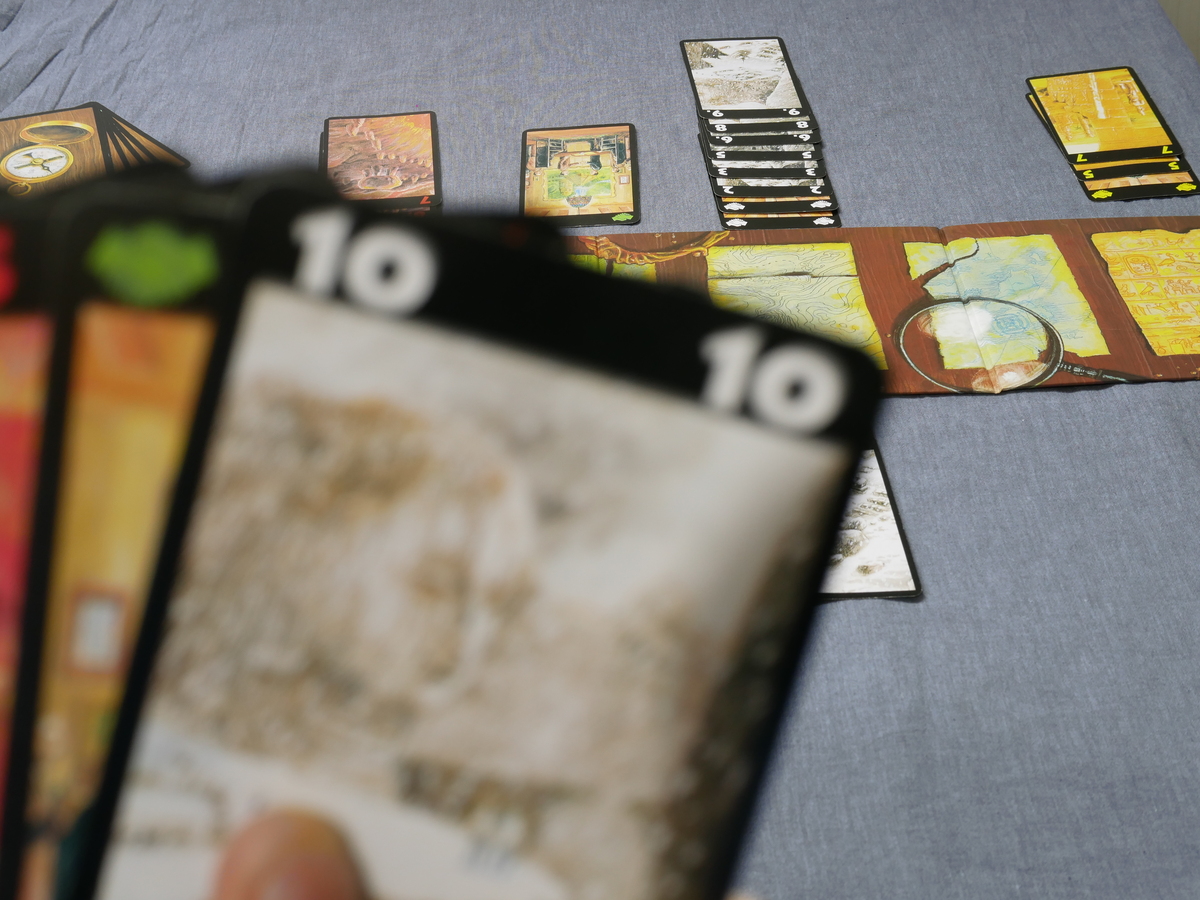
Playing the Clock: Tempo Management and Timing in Lost Cities
Me: That dynamic interaction you mentioned—it’s not just about cards, is it? It feels like timing becomes a weapon, too.
Lost Cities: You’re absolutely right. One of my most subtle but powerful layers of interaction is tempo control—deciding how fast or slow the round progresses. See, the round ends when the deck runs out, so how you draw cards matters a lot.
Me: You can draw from the deck to speed up the game or from the market row to slow it down, right?
Lost Cities: Exactly. This might seem minor, but late in the game, it’s everything. Let’s say you’ve finished most of your expeditions, and none of the remaining cards add real value—maybe you’re only seeing low numbers or cards you’ve already skipped.
Meanwhile, your opponent is scrambling to complete a few key expeditions. Now you have a choice: start drawing from the deck to rush the game to its end, or even better, play to the market in a way that slows them down and blocks them.
Me: Oh, like dropping a useless wager card right on top of a card they need?
Lost Cities: Precisely. “Oh, you wanted that blue 9? Shame, guess I’ll just park this trash wager card right on top.” It’s ruthless, and it’s all done with a smile.
Or maybe you see an opportunity in a neglected expedition color—can you make a late-game push? Do you have enough turns? Or will your opponent sense the risk and rush the end?
Me: That’s wild. Hearing about it is already making me sweat.
Lost Cities: That’s right. I make timing and tempo into tactical weapons, and once you learn to wield them, the game truly opens up.
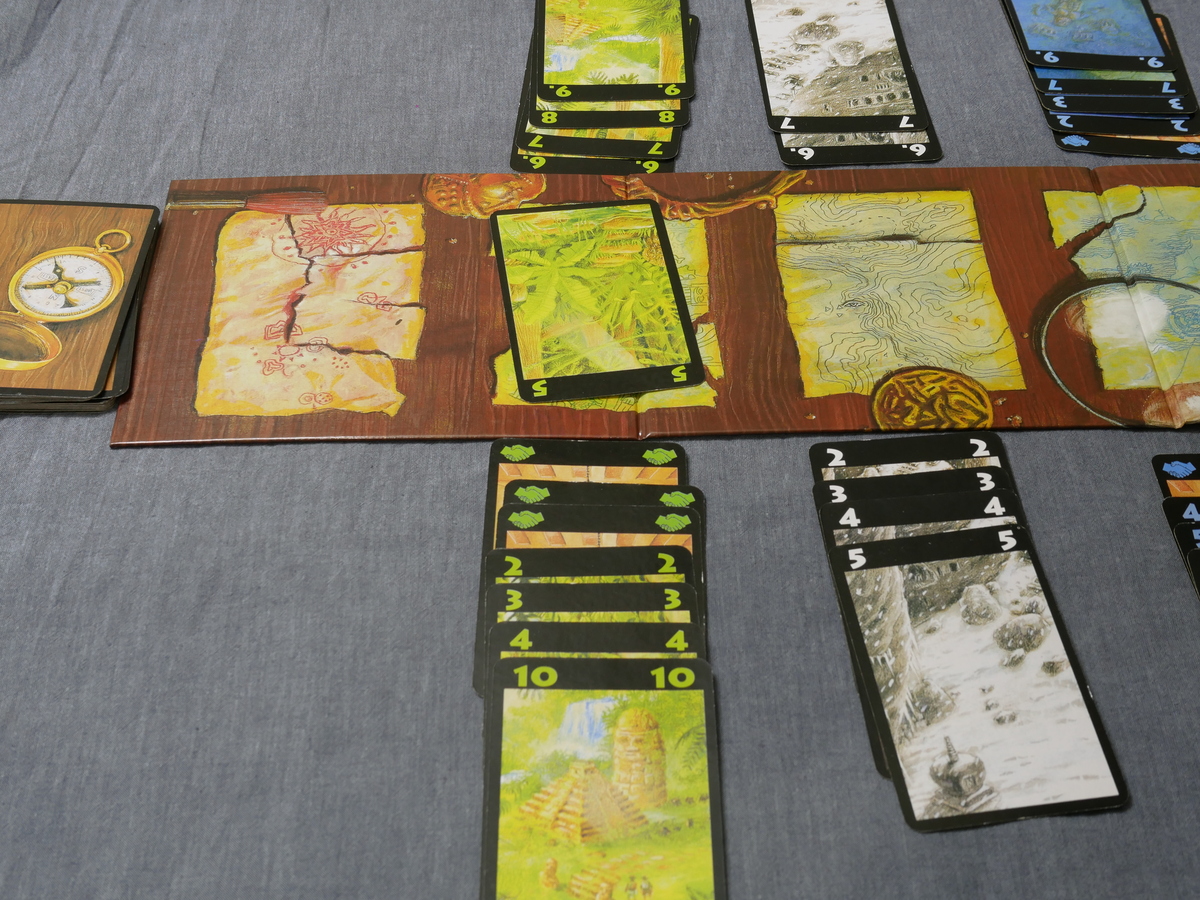
Minor Drawbacks: The Weight of Theme and Tension in Lost Cities
Me: Okay, Lost Cities, I’ve been singing your praises this whole time, but let’s be honest—no game is completely flawless. Are there any cracks in your ancient temples?
Lost Cities: Fair question. I won’t pretend to be perfect, but I do know what I am. So, let’s talk about it.
First off, like many of Reiner Knizia’s designs, my theme is very light. Sure, the idea of going on expeditions gives some helpful context—like understanding why you start each journey with –20 points or why your cards have to ascend in order. But beyond that? Let’s just say you’re not exactly going to feel like Indiana Jones while playing me.
Me: So you’re more about mechanics than immersion.
Lost Cities: Exactly. If you come to me looking for rich storytelling or thematic flavor, you may feel a little let down. I’m pure, elegant design, and the theme is just a light touch to support the gameplay.
There’s also the matter of the box size. Honestly, I could’ve fit into something a little more compact—but hey, I’m still very portable compared to most games out there.
Me: And what about the overall vibe?
Lost Cities: Let’s just say I’m a tense game. Quiet, but intense. Every turn carries weight. That’s great for players who love tight, competitive duels—but it’s not for everyone. Some folks want something more relaxed or social. I respect that.
Me: So, theme-light, incredibly tense, and packaged with efficiency—but no huge red flags.
Lost Cities: Right. For players who value tight gameplay and elegant decisions, I’m still one of the best investments out there.

Final Verdict: Lost Cities—A Masterclass in Two-Player Game Design
Me: Lost Cities, thank you so much for joining us today. It’s been a pleasure having you on The Board Game Dialogue. Before we wrap up, I just want to say—you’re a remarkable game.
Lost Cities: That means a lot. I may be small in stature, but I take great pride in offering big decisions with a small footprint.
Me: And that’s exactly it. I absolutely recommend you to anyone looking for a truly excellent two-player board game. But, I should be clear—this isn’t a cozy, lighthearted date night game. You’re tense. Tight. Focused. Every card play feels like a meaningful choice. Every discard carries weight.
Lost Cities: I don’t pull punches. I make you think—and make you second guess. But I’m always fair.
Me: Honestly, you’re not just one of the best two-player games. You’re one of the best games. Period. Your design is so elegantly distilled, so focused on a single idea—and yet the depth of strategy you offer is astonishing.
Lost Cities: What can I say? I believe in doing one thing extremely well.
Me: And you absolutely do. You pack a world of smart, tense, strategic gameplay into a tiny box. Thank you again for joining us—and for being a shining example of what tabletop design can achieve.
Lost Cities: My pleasure. Now if you’ll excuse me, I’ve got an expedition to plan.
Conclusion: A Legendary Duel in a Compact Box
Lost Cities isn’t just a great two-player game—it’s a lesson in design elegance. With only a handful of rules, it creates a tense, brain-burning experience filled with tough choices, clever interaction, and deeply satisfying gameplay. If you love smart, streamlined games that reward careful planning and bluffing, there are few better.
If you’ve enjoyed your expedition with Lost Cities, there’s a whole world of Reiner Knizia’s creations to explore. For fans of tile-laying, Through the Desert is a stone-cold classic with minimal rules and maximum strategy. Want to explore auction mechanics instead? Look no further than Modern Art, one of the greatest auction games of all time. If the tension in Lost Cities feels a bit much but you still want something cozy and strategic, Patchwork is a wonderful two-player alternative. If you’re in the mood for something meatier, Sky Team offers deep tactical gameplay in a co-op format. And Splendor Duel is another excellent choice if you are looking for another excellent 2-player card game.
Final Rating: 9.5/10 – Nearly Perfect Expedition of Tension and Timing
✅ Pros:
Exceptionally easy to learn and teach
Deep, meaningful decision space with every card play
Remarkable player interaction and tension
Compact size, fast turns, and high replayability
❌ Cons:
The theme feels abstract and lightly applied
The box could be even smaller given its contents
If you’re searching for a game that can travel anywhere, teach in minutes, and offer years of strategic discovery, Lost Cities is a must-have for your collection.


